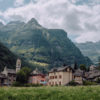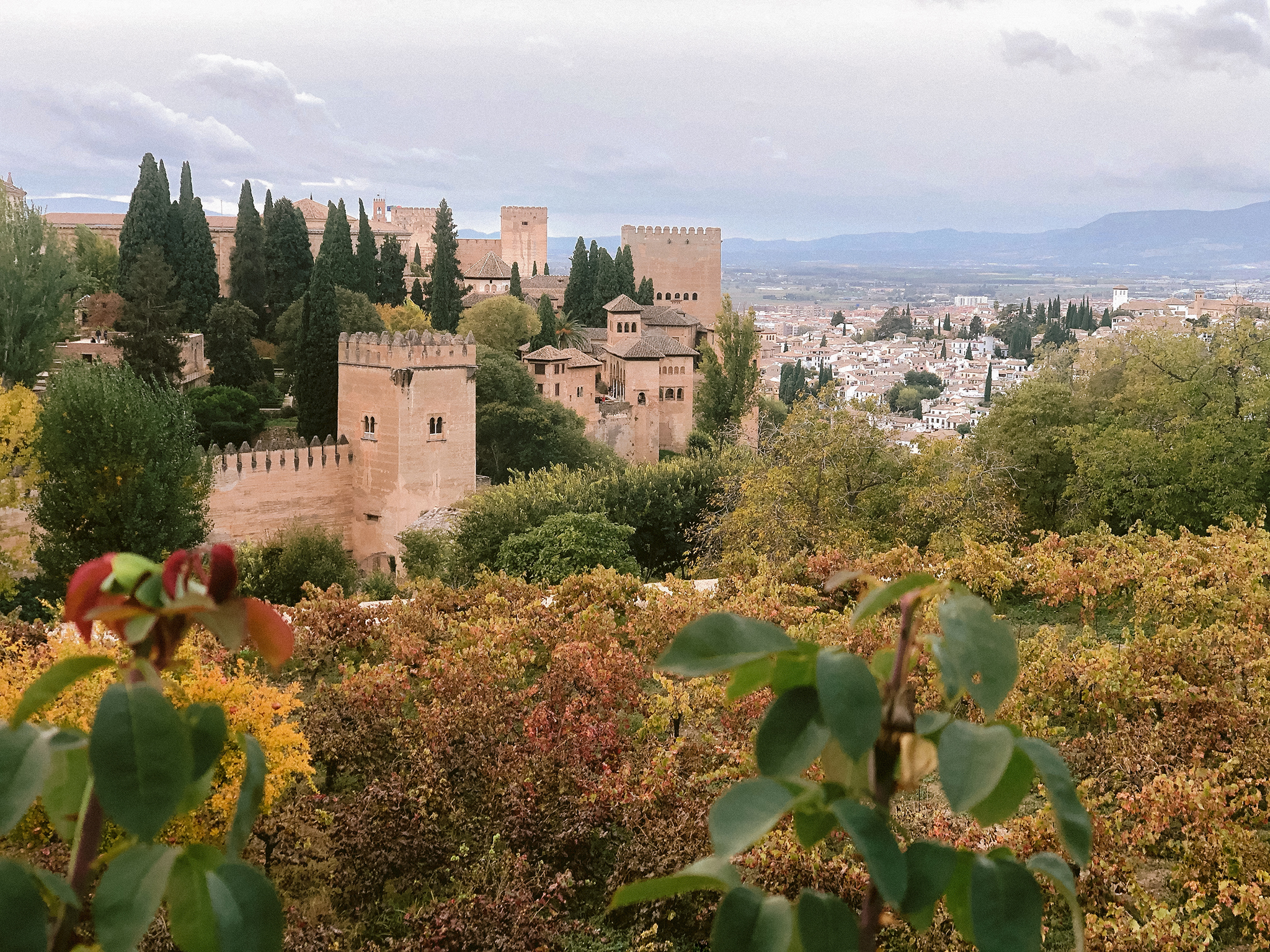Text and images by Michelle Mishina
Málaga
When the summer crowds have thinned and the rest of Europe is bundling up for winter, Málaga, on Spain’s Costa del Sol, is often still drenched in sunshine. Strolling through the gardens of the Alcazaba, a Moorish fortress dating to the 11th century, feels like walking through the fantastical Water Gardens of Dorne.
Citrus and bougainvillea thrive in the Mediterranean climate, their magentas and yellows popping against the burnt orange of the fortress’s bricks and the cloudless blue of the late-autumn sky. It’s almost unimaginable how this complex of buildings, made for war, could be so beautiful.
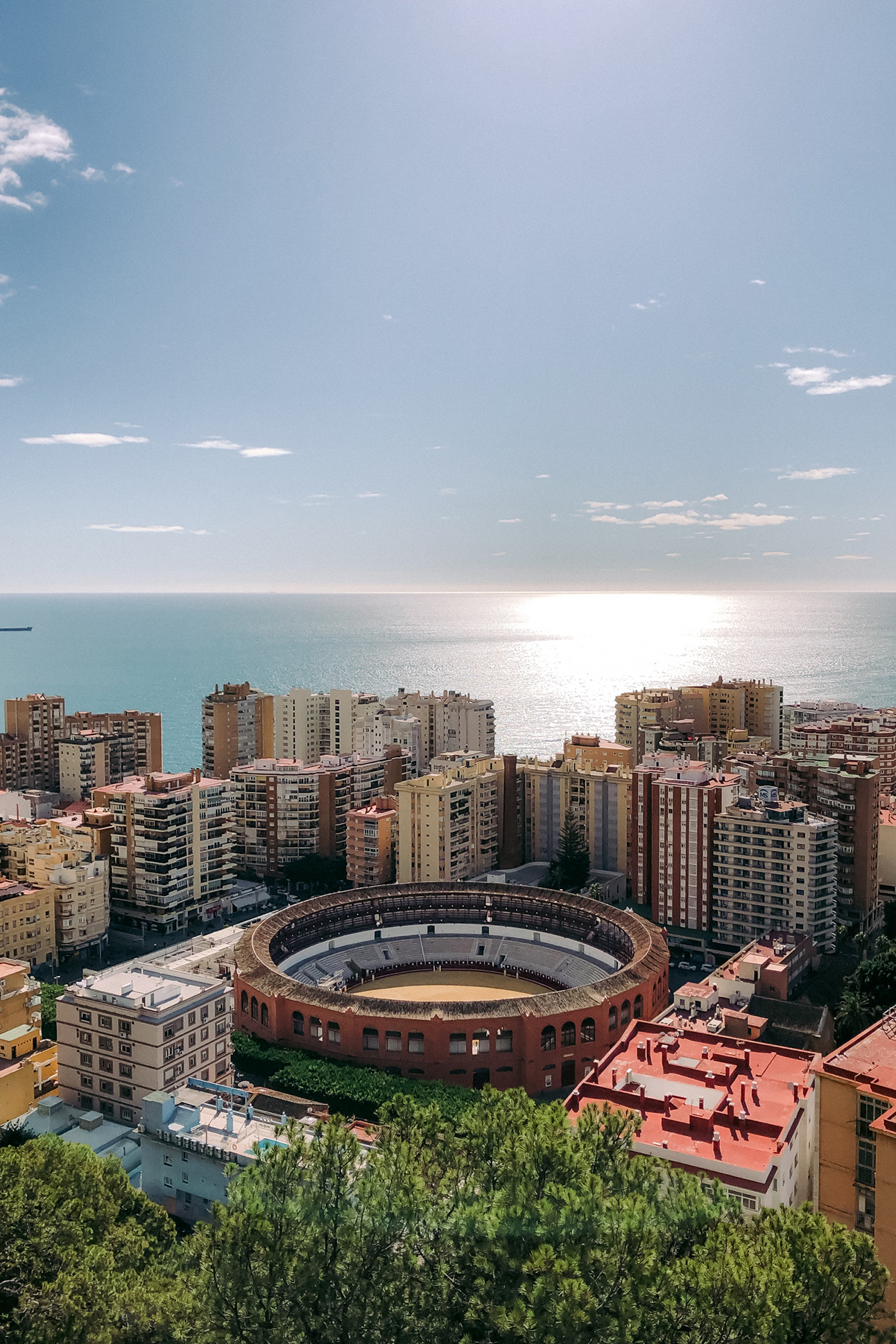
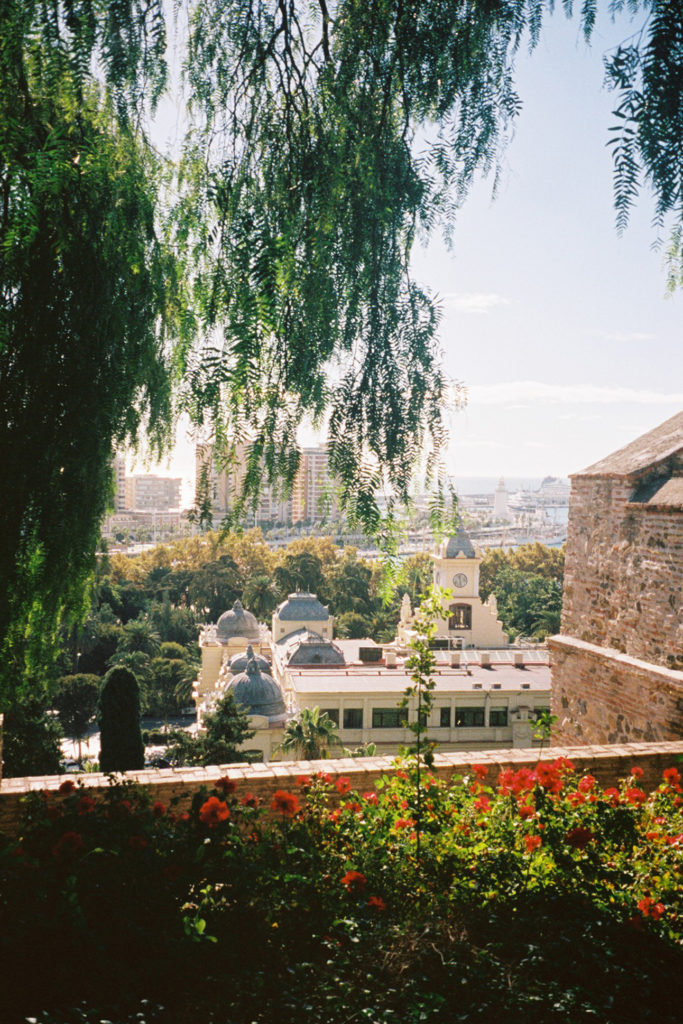
From the top of the gardens, an expansive view of the Mediterranean Sea extends out beyond the famous bullring La Malagueta, sun glinting off the high-rise buildings and the sea behind them.
Bobadilla and Finca la Torre
Rows of dusty grey-green olive groves stretch for miles on either side of the freeway. Except for the bright, iron-rich dirt beneath the trees, this could be any California farming town between San Francisco and Los Angeles, the same pale sky stretching over dry, rolling hills. California has oranges; Andalusia has olives.
The road to the Finca la Torre olive-oil mill snakes through the tiny village of Bobadilla and then through neat rows of olive trees that increase in size and age as the road gains elevation. Once a part of the Roman city Singilia Barba, the site of the mill is still marked by ruins.
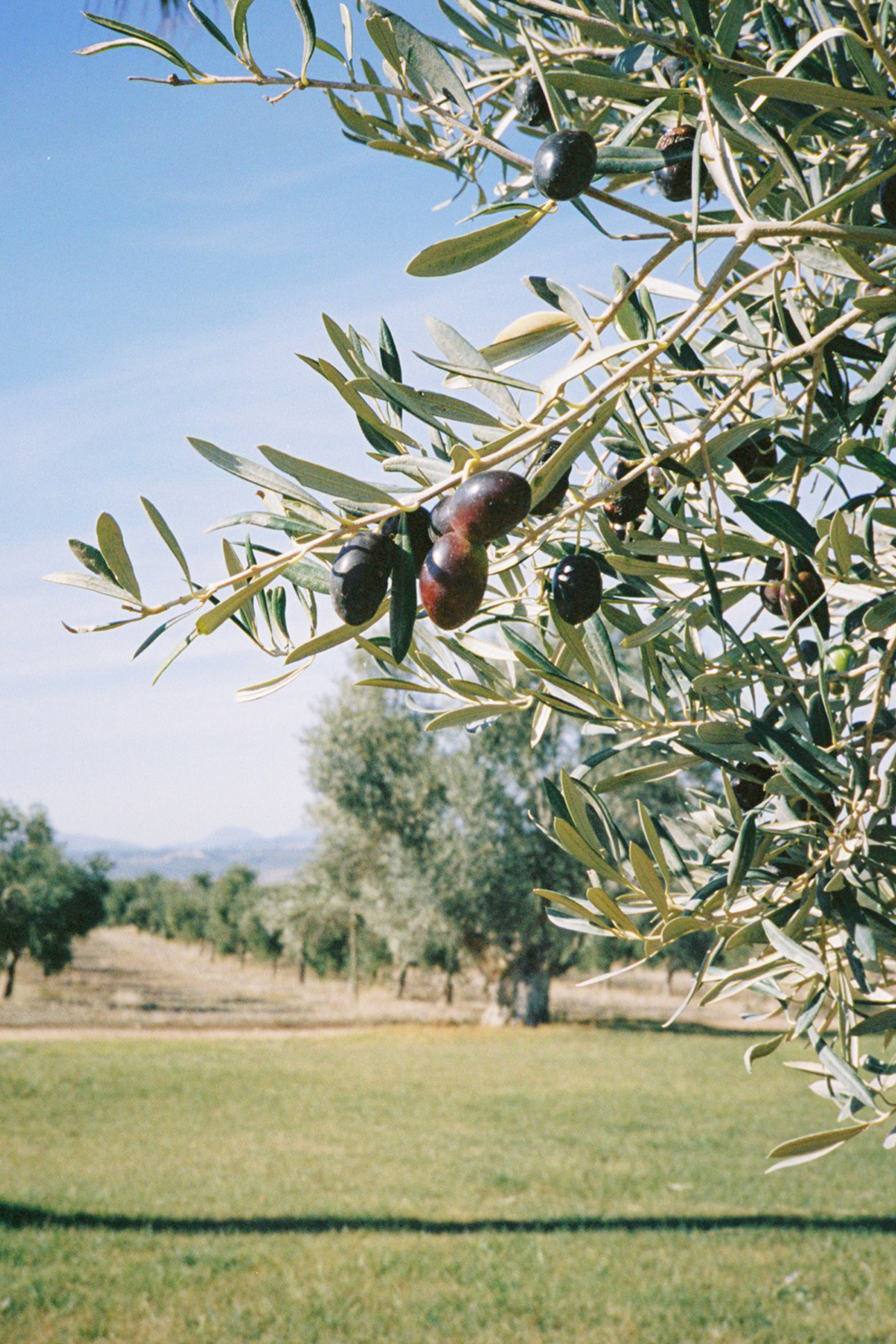
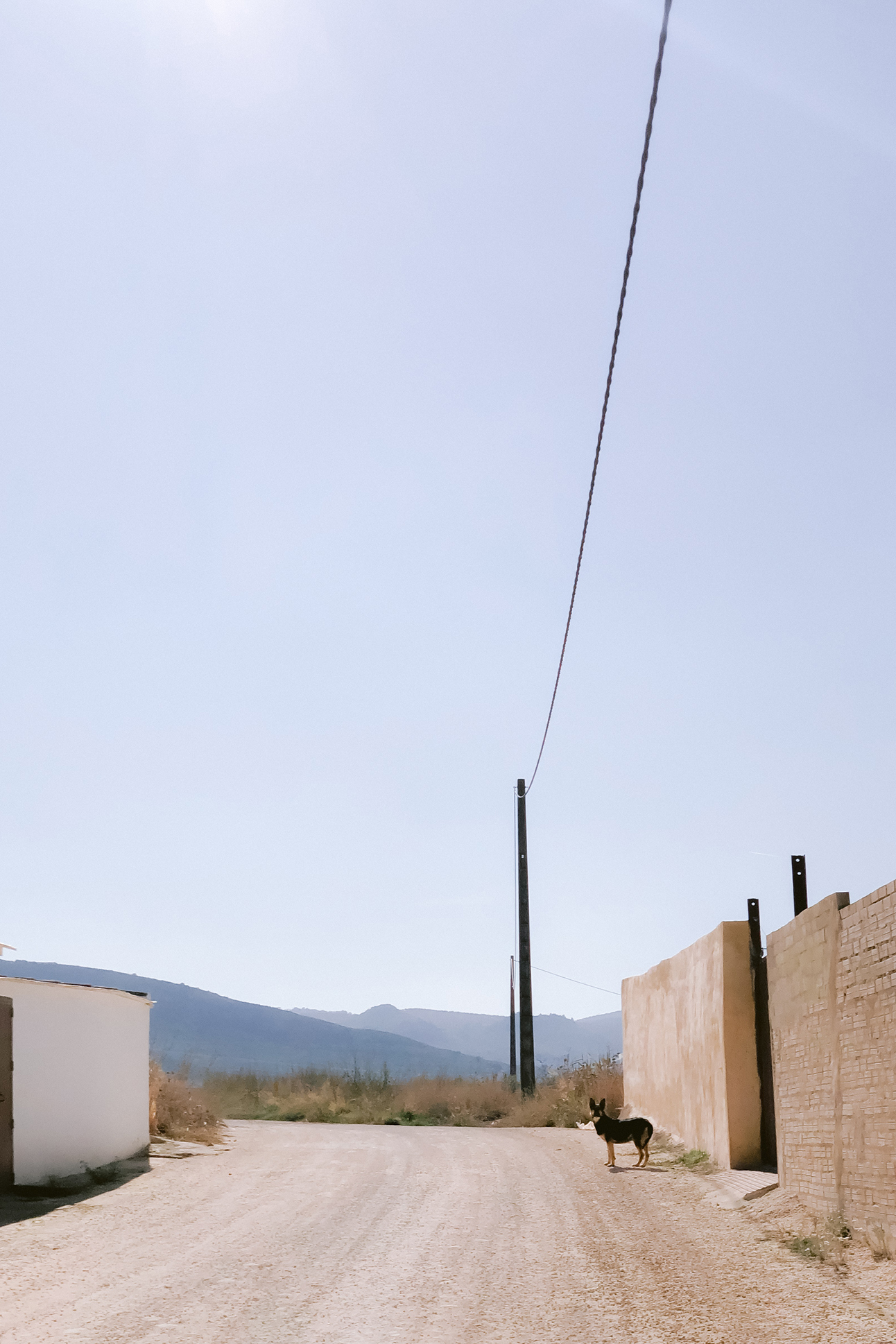
When my friend and I arrived at Finca la Torre on a Saturday, the visitor center was closed for the weekend. But there were cars in the driveway, so we wandered into the mill, surprising a short, friendly man who spoke no English.
He guided us into a warehouse, past giant metal drums of oil, and into the packing room. There, two workers labeled bottles and sorted them into boxes. With only the smallest assistance from our translation app, we purchased a freshly sealed tin of arbequina—a hard-won prize for our linguistic efforts.
You May Also Like: Andean Attitude
Ronda
Divided into old and new by the Río Guadalevín, Ronda has two sides with distinct personalities. The “new” part of town, which became more accessible with the construction of a spectacular bridge, Puente Nuevo, in 1734, teems with tourists.
Selfie sticks joust for airspace in attempts to capture the dizzying depths of El Tajo de Ronda gorge, which the river runs through. Most visitors only make it to the far end of the bridge, just a few hundred meters from their tour buses, but they stay until sunset, when a kaleidoscope of colors joins the two halves of the city in a visual display so bold it almost seems arrogant.
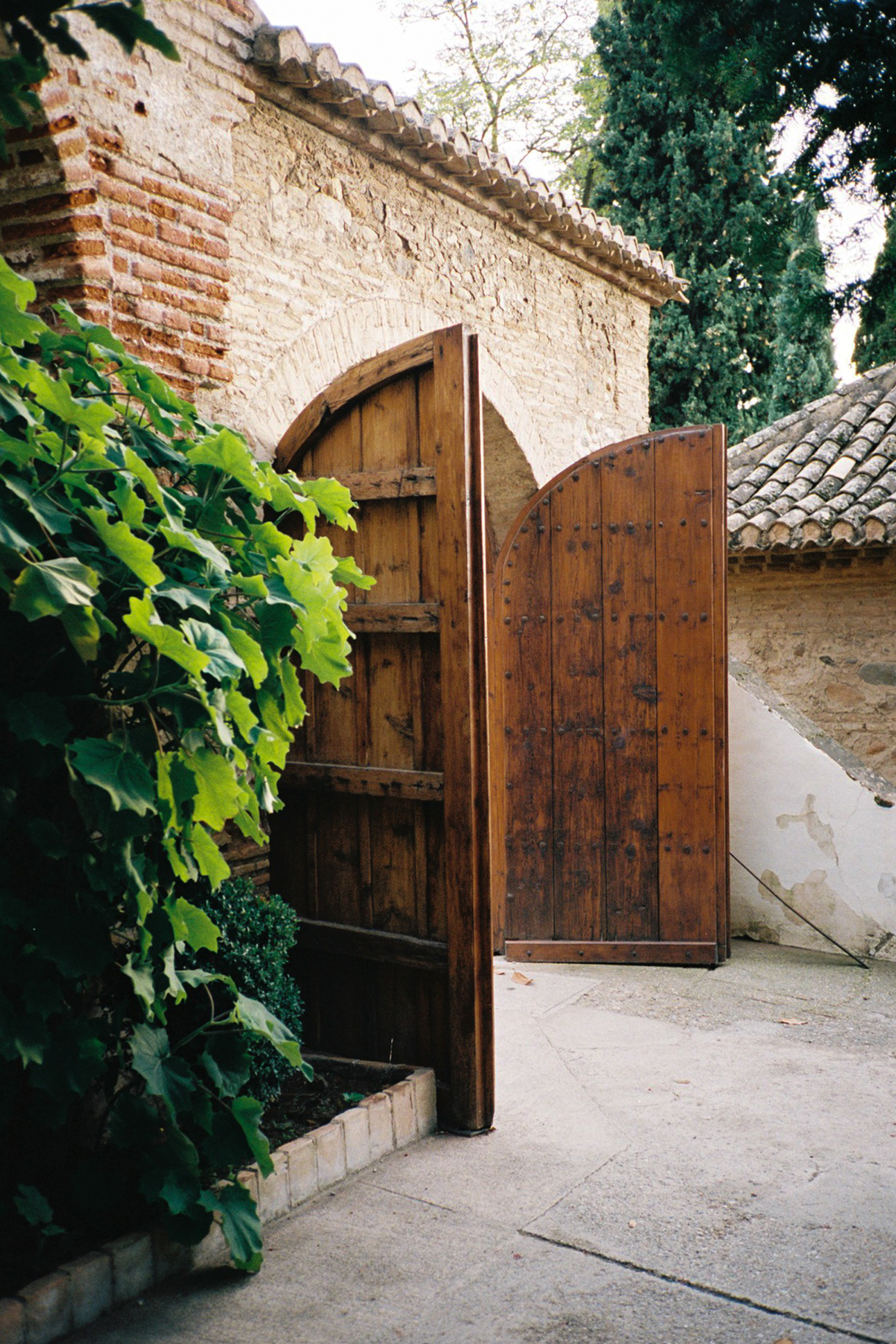
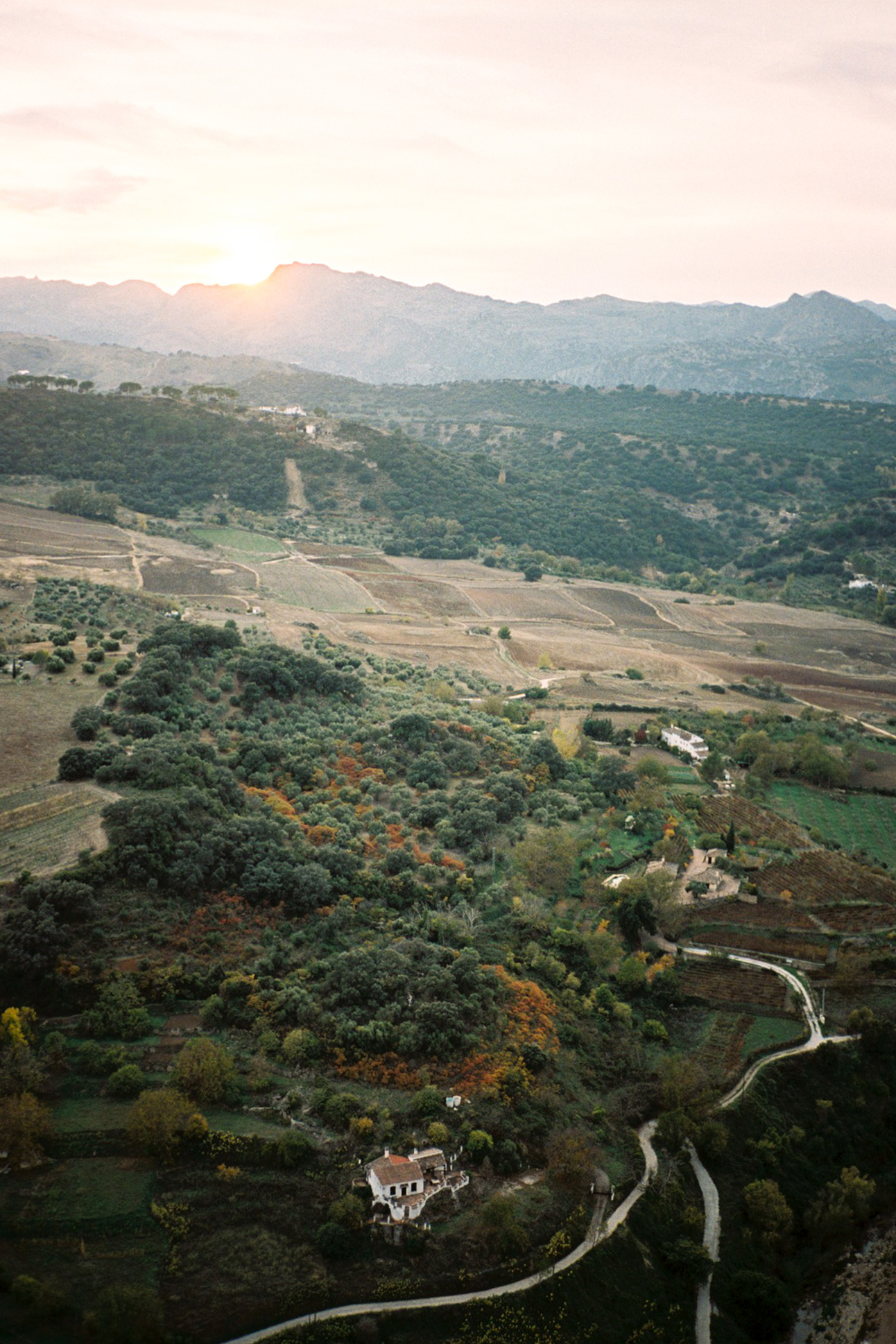
Beyond the crowds lie Ronda la Vieja (Old Ronda). First settled in 6th century B.C., the area has tiny streets that dead-end at private neighborhood gardens and organic cafés hawking celery juice and poke bowls.
Modest white walls hide luxury cliffside courtyards, each oasis indistinguishable from the next except for the varying ornate patterns carved into the doors. Still, life in Ronda la Vieja is centered around the imposing Iglesia de Santa María la Mayor. Every Sunday, its bells echo off a thousand stone surfaces, audible throughout the divided city.
Granada and the Alhambra
Featureless, black edifices tower over narrow alleyways and trash blows in the breeze. Billboards advertise department stores and auto body shops. Hurried residents turn their collars to the cold and avert their eyes.
Yet nearer Granada’s city center, these insults give way to winding cobblestone streets with vines cascading over retaining walls. Verdant medians of old-growth forest abut triumphal arches, and terraced apartments sit above quintessentially European cafés.
Located in the hills above Granada is the Alhambra, perhaps Spain’s best-known example of Islamic architecture. The small city began in 889 A.D. as a Moorish fortress, and in the 13th century, the Nasrid dynasty occupied the property.
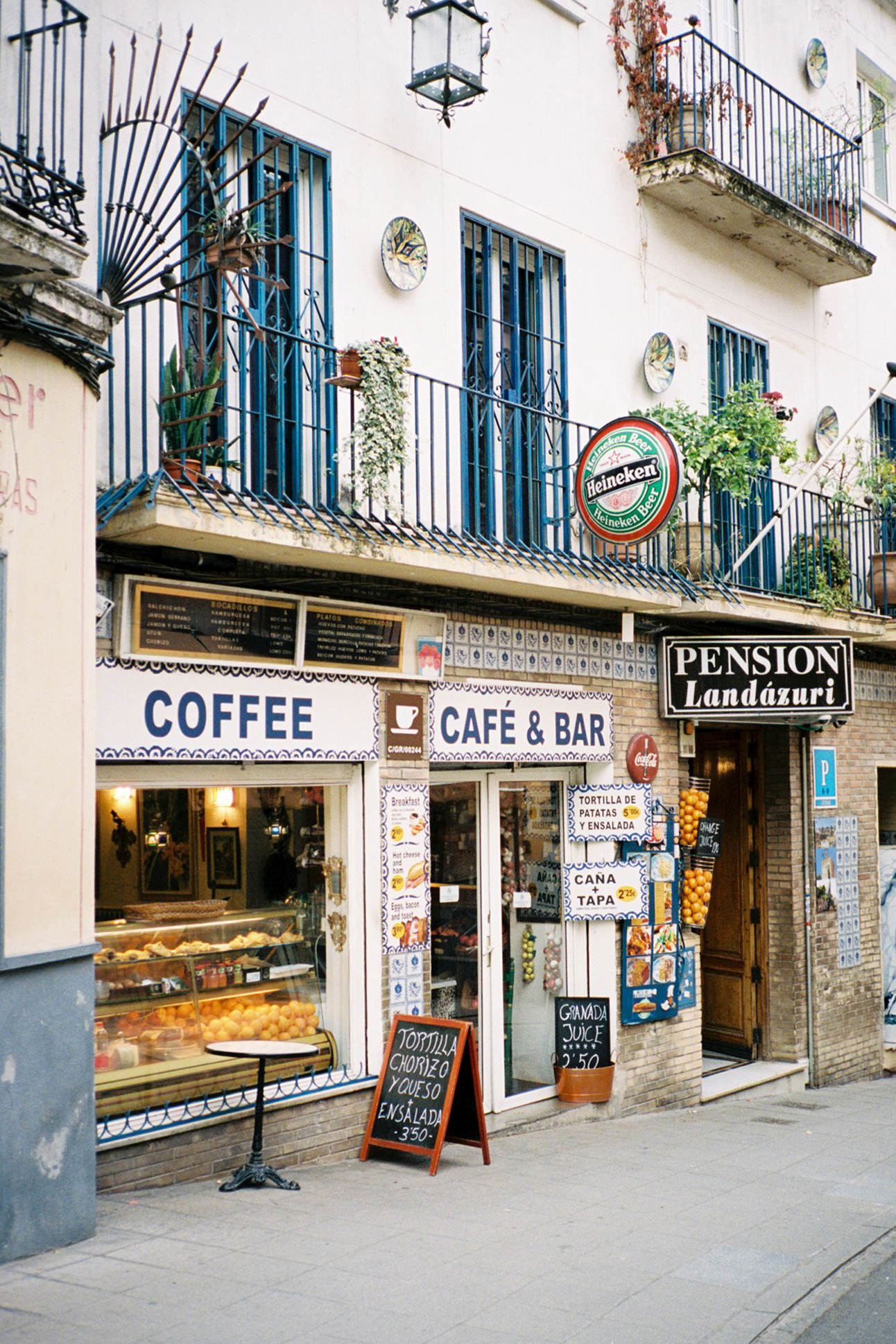
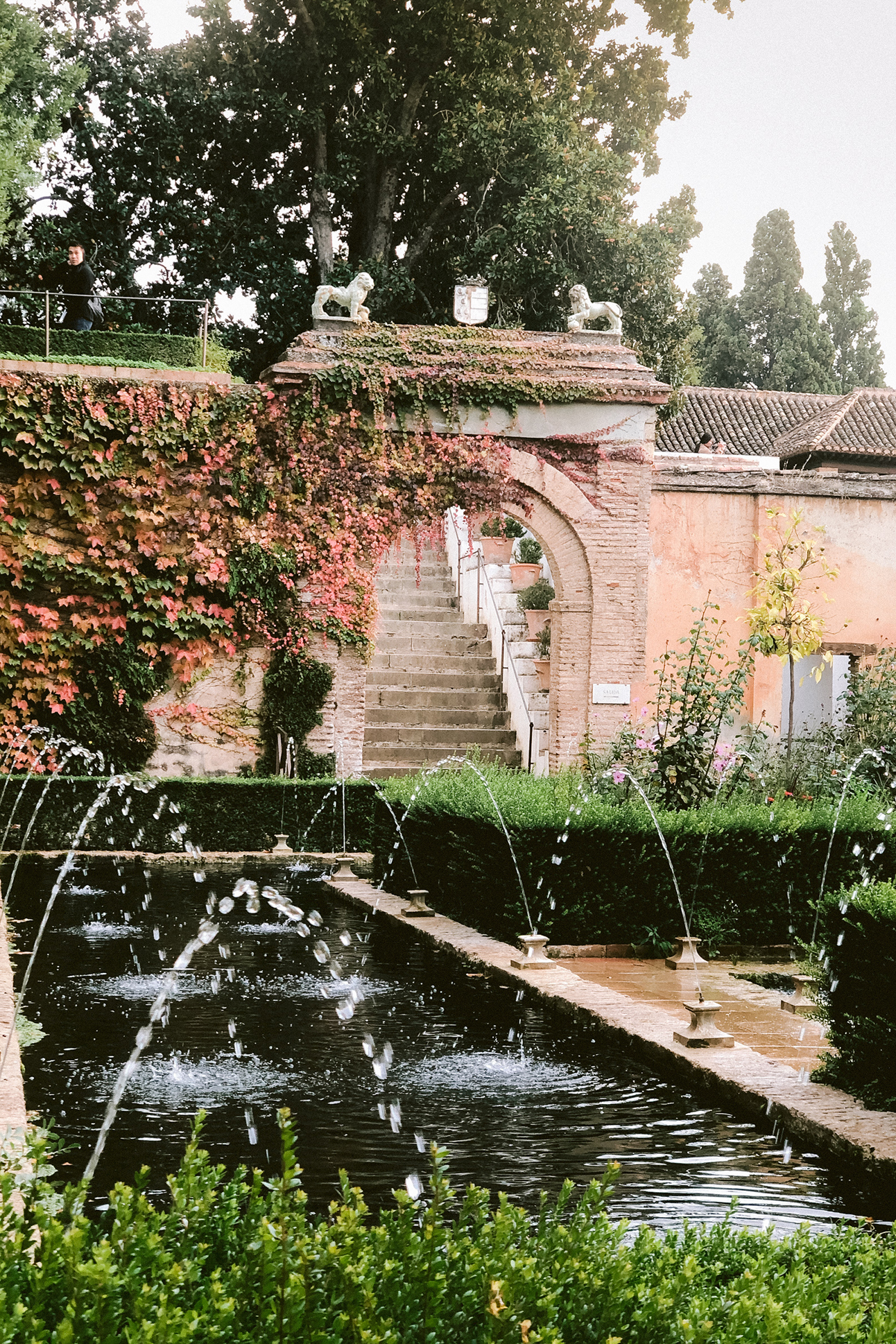
The ornate royal palace that the Nasrids built became the residence of future kings and conquerors of the area and is now a UNESCO World Heritage Site. Crowds flow into the palace’s vaulted atriums like blood pumping through a heart.
At eye-level, there is a cacophony of humanity, but look up, and you’re rewarded with intricately carved floral arabesques, geometric patterns, and calligraphed prayers. Islamic symbolism guided the design of many rooms, including a starry ceiling referencing the seven heavens of Islamic Paradise.
Though the Alhambra sees 8,500 visitors daily, I still found moments of solitude, tranquility, and peace within—a testament to the site’s incredible size, architecture, and transcendent beauty.
Find more of Michelle Mishina’s photography at her site.



